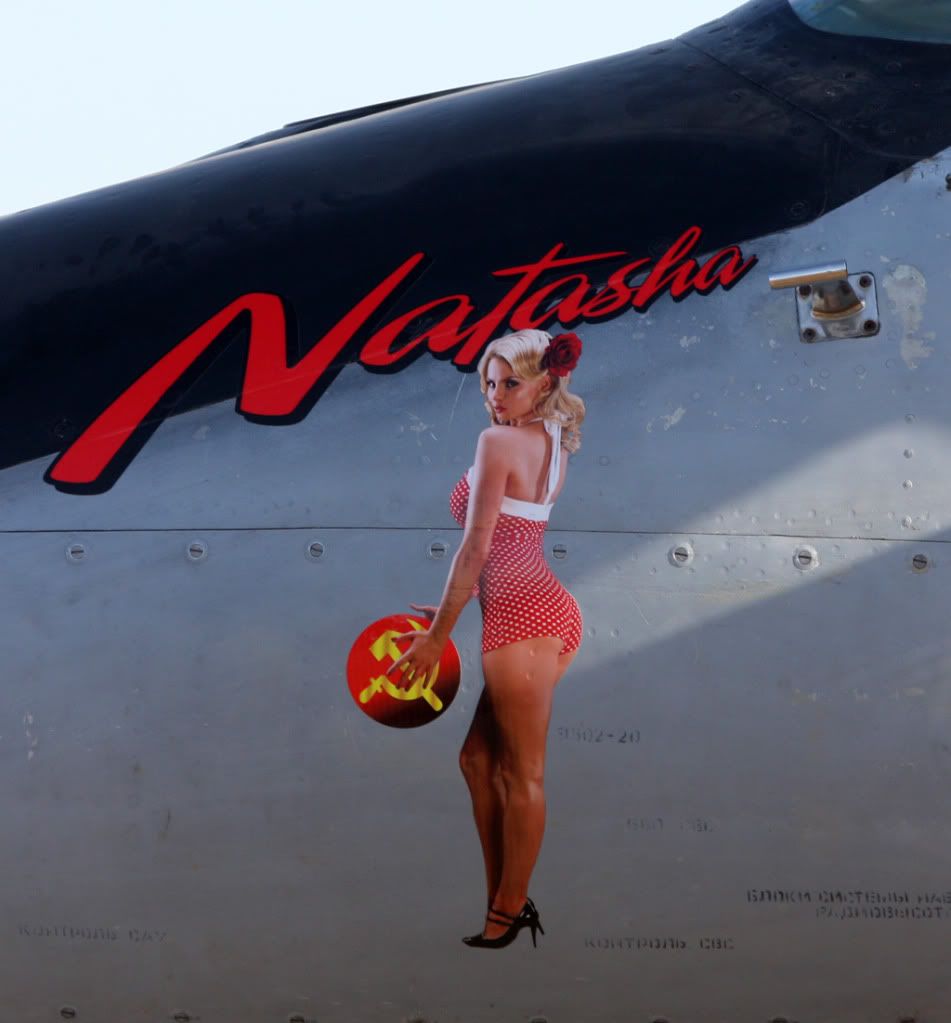"With the delivery of test fuels to the FAA's William J. Hughes
Technical Center, the Piston Aviation Fuels Initiative (PAFI) reached
another milestone in its efforts to evaluate unleaded high octane
fuels and develop data in support of an eventual transition for the
general aviation fleet. Four different fuels from three
companies-Shell, Swift Fuels, and Total-have been delivered and are
entering the first phase of evaluation."
"The FAA, with the support of airframe and engine manufacturers, the
petroleum industry, fuel distributors, and other recognized industry
experts, is developing test protocols and rigs.for Phase 1 testing.
This effort will focus on initial evaluation and validation of fuel
properties and their effect on materials and fuel system components as
well as toxicological and environmental impact analysis. It also
includes initial detonation testing among a host of other criteria.
This work will continue throughout 2015 and lead to an evaluation of
the four candidate fuels for possible advancement into phase two of
the PAFI process that involves full-scale engine and aircraft testing."
"EAA and other aviation organizations comprising the Avgas Coalition
called upon the FAA to form an advisory committee in 2010 to examine
the challenges of developing and transitioning to unleaded fuels for
GA. The recommendations from that committee ultimately led to the
formation of the PAFI program. EAA and other aviation and petroleum
industry associations now comprise the PAFI Steering Group, whose
mission is to provide oversight and assistance to the PAFI process
toward a successful transition of the existing general aviation fleet
to the use of high-octane unleaded fuel."
Technical Center, the Piston Aviation Fuels Initiative (PAFI) reached
another milestone in its efforts to evaluate unleaded high octane
fuels and develop data in support of an eventual transition for the
general aviation fleet. Four different fuels from three
companies-Shell, Swift Fuels, and Total-have been delivered and are
entering the first phase of evaluation."
"The FAA, with the support of airframe and engine manufacturers, the
petroleum industry, fuel distributors, and other recognized industry
experts, is developing test protocols and rigs.for Phase 1 testing.
This effort will focus on initial evaluation and validation of fuel
properties and their effect on materials and fuel system components as
well as toxicological and environmental impact analysis. It also
includes initial detonation testing among a host of other criteria.
This work will continue throughout 2015 and lead to an evaluation of
the four candidate fuels for possible advancement into phase two of
the PAFI process that involves full-scale engine and aircraft testing."
"EAA and other aviation organizations comprising the Avgas Coalition
called upon the FAA to form an advisory committee in 2010 to examine
the challenges of developing and transitioning to unleaded fuels for
GA. The recommendations from that committee ultimately led to the
formation of the PAFI program. EAA and other aviation and petroleum
industry associations now comprise the PAFI Steering Group, whose
mission is to provide oversight and assistance to the PAFI process
toward a successful transition of the existing general aviation fleet
to the use of high-octane unleaded fuel."


